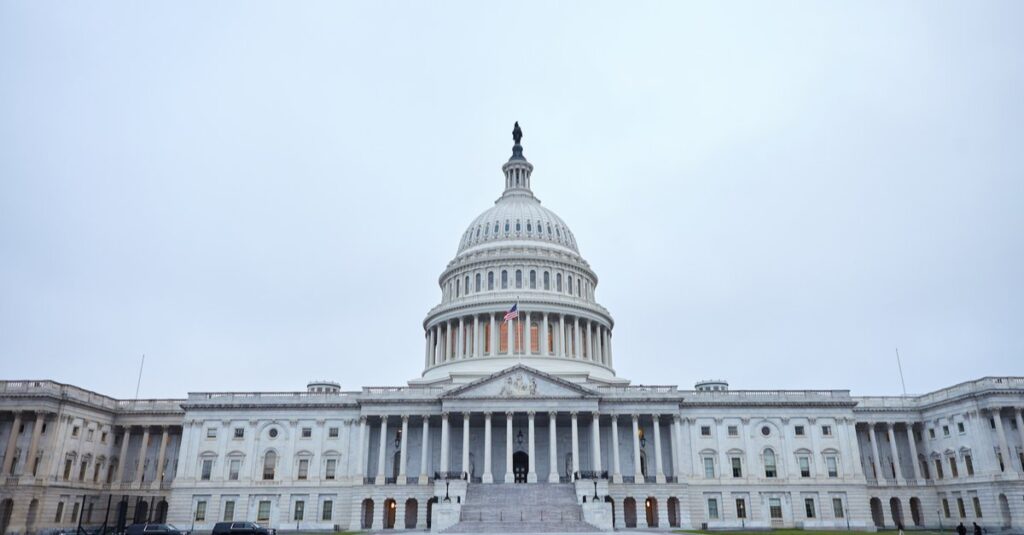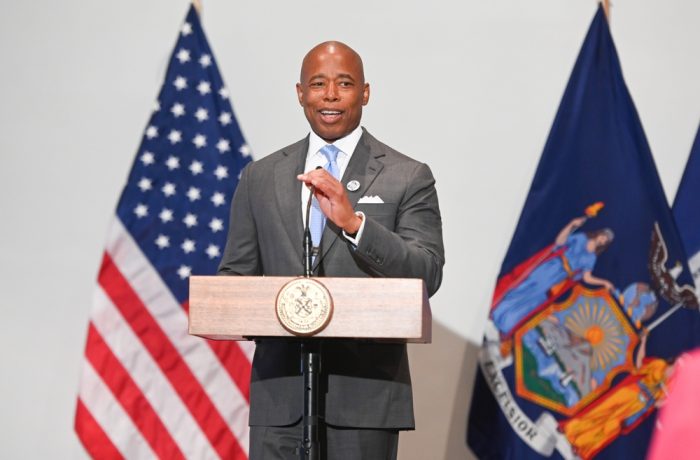By Kelly Anne Smith and Kemberley Washington, Forbes
President Joe Biden’s $1.9 trillion American Rescue Plan Act is inching its way toward coming to life. The House released its draft of the bill late last week.
As with all major pieces of legislation, however, what ends up in the final bill will likely differ from what was originally proposed.
When Will the Next Stimulus Package Pass?
The House Budget Committee met on Monday to formally solidify its plans for the stimulus bill before sending it to the House floor, where it could be voted on by Friday.
The legislation could then be sent to the Senate as early as next week. If the Senate makes any amendments before agreeing to a vote, it would likely be taken back up by the House during the week of March 8, according to The Hill. If that happens, lawmakers will find themselves in a tight squeeze; Congress wants to get the next stimulus package signed into law by a mid-March deadline, when the current extended unemployment measures are set to expire. If that happens, stimulus payments could start rolling out by the end of March.
Americans are anxious for the next stimulus package to pass, and for good reason—it provides additional lifelines for those financially struggling, including more than 18 million people claiming unemployment benefits at the end of January. The package also aims to combat the coronavirus and get the economy moving again.
Democrats plan to pass the next stimulus bill via budget reconciliation, meaning it would only need a simple majority to pass—and wouldn’t need Republican votes in an evenly-split Senate.
So far, we’re seeing changes to or details confirmed for four key provisions that Biden originally outlined in his American Rescue Plan: stimulus checks, unemployment benefits, a federal minimum wage increase and income tax credits.
1. Stimulus Checks Won’t Go to High Earners
There’s growing consensus the next round of stimulus checks will be more targeted than the first two rounds, meaning they’ll be sent to people who lawmakers believe need them most.
The previous two stimulus checks were paid in full to individuals making up to $75,000 annually, and married couples filing jointly making up to $150,000. Individuals and families with incomes above those thresholds received less aid, or were “phased out” depending on their income. That meant some families with household incomes of up to $300,000 received some stimulus money, which was unpopular among moderate Republicans and Democrats.
The same income thresholds apply in the new bill, but the exact phaseout strategy remains unclear. According to the most recent draft of the bill, the phaseout ends for individuals making $100,000, head of households making $150,000 and married couples filing jointly making $200,000—meaning those taxpayers will not receive any stimulus money.
2. Extended Unemployment Benefits Window Could Be Shorter
Federally enhanced unemployment benefits have been a crucial lifeline to Americans out of work during the pandemic. The CARES Act provided an additional $600 per week for the unemployed for part of 2020; that benefit is now $300 per week, and is set to expire in mid-March.
President Biden originally proposed extending the enhanced unemployment benefits through September, at $400 per week. However, the most recent draft of legislation would only extend the federal unemployment benefits through Aug. 29, four weeks shorter than Biden’s initial plan (although the weekly amount would remain the same).
Cutting off the benefits sooner could be a major blow to many out-of-work Americans. The current unemployment rate sits at 6.3%, and the Congressional Budget Office (CBO) estimates the job market won’t fully recover to pre-pandemic levels until 2024. And more than half of Americans found ore than half of respondents say it’s likely they, a family member or a friend will lose their job in the next six months due to the economy, according to a survey conducted by Ipsos for Forbes Advisor.
It’s unclear why the benefit period could be shortened; but with the stimulus package costing around the $1.9 trillion that President Biden asked for, it could have been a move to cut down the overall price tag.
3. Biden’s Still Fighting for a $15 an Hour Minimum Wage, But It Will Take 5 Years to Get There
The biggest battle in the next stimulus package is shaping up to be raising the federal minimum wage.
Democrats are keen on raising the federal minimum wage, which has been stuck at $7.25 per hour since 2009. If the minimum wage provision passes, it would jump to $9.50 then increase by stages until it hits $15 in 2025. More than half of states have minimum wages higher than the current federal minimum, and some are already on their way to $15.
But it’s becoming increasingly clear that raising the wage is becoming a pawn in the game of politics. Internally, Democrats are grappling with whether or not it should be included in the stimulus package. Sen. Joe Manchin (D-WV) says he supports a minimum wage increase, but not one as high as $15 per hour. Sen. Kyrsten Sinema (D-AZ) has indicated she doesn’t support including it in the package, and a larger group of Senate Democrats have not signed on to a separate bill by Sen. Bernie Sanders (D-VT) to raise the wage to $15 an hour by 2025, according to The Wall Street Journal.
Some Republicans are also wary of raising the federal minimum wage. House Minority Leader Kevin McCarthy (R-CA) claimed in a blog post raising the federal minimum wage to $15 per hour would “destroy up to 3.7 million jobs.”
A recent report from the Congressional Budget Office (CBO), a nonpartisan federal agency that analyzes budget and economic issues, estimates the wage hike would reduce employment by 1.4 million workers (less than 1%), and increase the deficit by $54 billion over 10 years. The report also found, however, that the minimum wage increase would reduce poverty for nearly a million people and raise incomes for 17 million people.
It’s uncertain if the federal minimum wage increase will satisfy the Byrd Rule, a series of standards that a legislative package must meet to pass via budget reconciliation.
It will be up to the Senate to determine if the package as a whole satisfies the budget reconciliation process. Democrats are now using past budget reconciliations as fire behind their argument—on Saturday, Sanders stated he was “confident” the minimum wage increase could be achieved via budget reconciliation, and pointed to Republicans repealing the individual mandate under Obamacare as its precedent. Some Democrats are now kicking around counter-ideas, such as capping the wage increase at $11 or $12, so it would satisfy budget reconciliation restrictions, according to Politico.
Biden continues to voice support for a federal minimum wage increase—but reportedly isn’t optimistic that it will pass under the budget reconciliation process. He has also recently suggested he’d be open to negotiating the timeframe of the gradual wage increase so it has a lesser impact on business owners.
4. Changes to the EITC and Child Tax Credit
The stimulus package proposes temporary changes to two of the most popular credits in the U.S.: the Earned Income Tax Credit (EITC) and Child Tax Credit (CTC).
EITC rules say that workers who don’t have children can qualify for a maximum EITC of $538. To qualify, you must be 25 to 65 years old and earn up to $15,980 ($21,920 for married filing jointly).
Under Biden’s stimulus package, the minimum qualifying age would decrease to 19, and the plan seeks to remove the age cap. Also, the maximum credit would increase to $1,500, and the income threshold would increase to $21,000 for an individual, opening the credit up to more Americans.
A much-talked-about part of Biden’s plan is the proposed change to the child tax credit.
Under the American Rescue Plan, the plan seeks to temporarily increase the credit to $3,000 (from $2,000) for qualifying children 17 years of age and under. Also, the plan proposes to raise the credit to $3,600 per child under the age of 66. Most importantly, the bill would allow the IRS to make direct monthly payments to families who qualify. This would be instead of the lump sum refund that taxpayers claiming this credit would typically get.
Like the current version of the CTC, the proposed credit would phase out at certain income levels.





